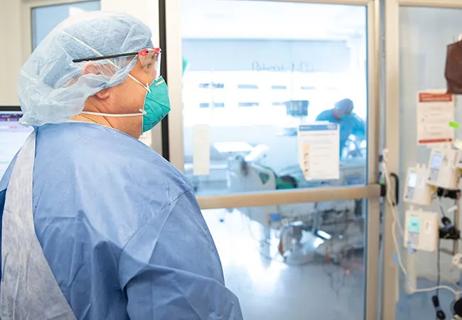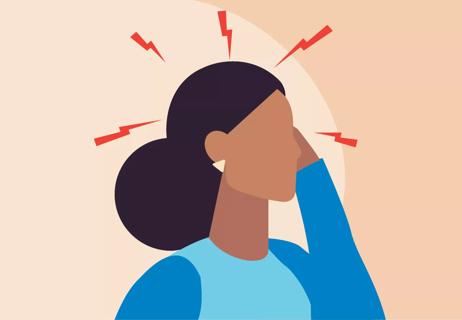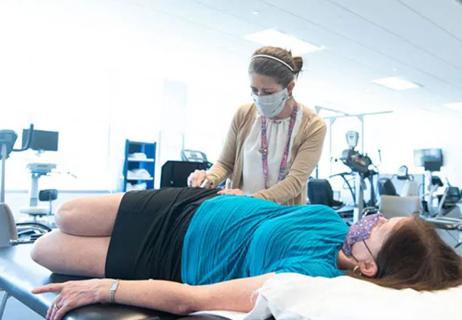Two experts share diagnostic and treatment essentials on a sensitive, poorly understood condition
About three of every 10 patients evaluated in Cleveland Clinic’s epilepsy monitoring unit are diagnosed with psychogenic nonepileptic seizures (PNES). Despite being so prevalent, the condition is poorly understood by some providers and the diagnosis is difficult for some patients to accept. Yet effective treatment is possible with the right collaborative expertise.
Cleveland Clinic is a non-profit academic medical center. Advertising on our site helps support our mission. We do not endorse non-Cleveland Clinic products or services. Policy
In the latest episode of Cleveland Clinic’s peer-to-peer Neuro Pathways podcast, neurologist Jocelyn Bautista, MD, and clinical psychologist Becky Bikat Tilahun, PhD, share their PNES expertise in an effort to bring some clarity to this complex condition. The ground they cover includes:
Click the player below to listen to the 19-minute podcast now, or read on below for a short edited excerpt of the discussion. Check out more Neuro Pathways episodes at clevelandclinic.org/neuropodcast or wherever you get your podcasts.
Dr. Alex Rae-Grant (podcast host): I expect that presenting a diagnosis of PNES to a patient needs to be handled somewhat delicately. How do you approach that in your practice?
Dr. Bautista: Typically we deliver this diagnosis in the epilepsy monitoring unit, after we’ve recorded the episodes in question. Every physician has a different style and different phrases or analogies we might use. But the main message we want to convey is that these are real symptoms and that this is a condition that we see quite a lot. As you mentioned earlier, 30% of our patients in the monitoring unit are diagnosed with PNES. So this is certainly a condition that we’ve seen and treated and it can get better.
It’s important to try to make the connection between emotions and psychological distress and how that can be converted to physical symptoms such as nonepileptic seizures. And it’s incredibly important to take your time and to deliver the diagnosis with empathy for what the patient has been through and what this has done to their life, and to be as patient as possible and constantly checking to confirm their understanding after you’ve explained something.
So it does take time, but it’s crucial. Delivering the diagnosis effectively can actually be therapeutic in the short term. Whereas if it’s not delivered effectively, the patient can go away angry and the seizures will likely get worse.

Q&A with Brain Trauma Foundation guideline architect Gregory Hawryluk, MD, PhD

Q&A with newly arrived autoimmune neurology specialist Amy Kunchok, MD

A neurocritical care specialist shares what’s spurring growth of this new evaluation approach

Focused ultrasound offers a newer alternative to deep brain stimulation

Prehabilitation can help improve outcomes after spine surgery

Get ready for central vein sign and optical coherence tomography

How these new drugs fit into practice two years out from their first approvals

A conversation on the state of physiatry with the AAPM&R’s Vice President